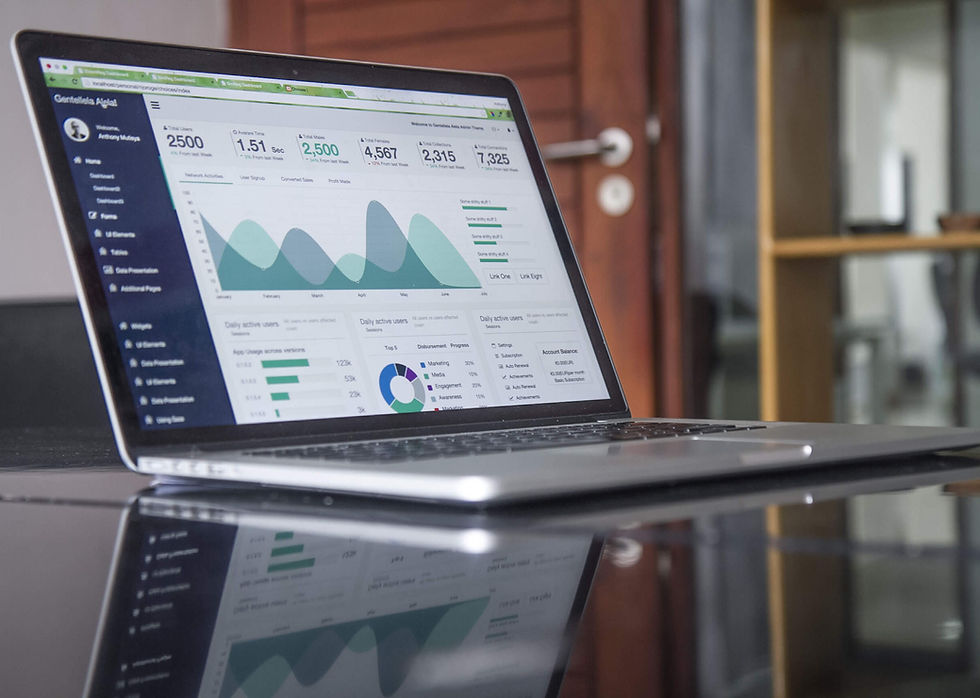What is the ISA Limit and Allowance 2023
- Money Mentor

- Feb 10, 2022
- 4 min read
Updated: Jan 10, 2023
ISA contribution limits are one of the most confusing parts of the ISA structure, especially since many people use them as a savings and investment account and make regular contributions at the maximum level every year.
Most people find that they don’t get close to breaching the limits, as they are so high that they can easily accommodate an investor saving up to £20,000 per year through their investment plan.
Here’s what you need to know about the ISA limit and allowance for 2023, and how it might affect your savings plans in the coming years.

How much can I save in my tax-free ISA?
When it comes to ISAs, your annual allowance amounts are as follows:
All adults can save up to £20,000 in total per tax year;
Under 18’s can save up to £9,000
In addition to that main allowance each year, there are two extra categories of savings known as Lifetime Isas: these allow anyone aged 18-39 a chance to put aside up to £4,000 tax-free each year (or a total of £16,000) towards a first home deposit or retirement pot.
Can I transfer my previous year’s ISA savings into a new account?
An Individual Savings Account (ISA) allows you to save as much as £20,000 per year, tax-free. The overall limit includes any money you’ve put into cash, stocks & shares and innovative finance ISAs in a given tax year.
For example, if you made payments of £10,000 into a stocks & shares Isa last April 7th, your remaining allowance for the current tax year is £10,000.
You are able to transfer previous years ISA savings into another account, for example when you find a better cash savings rate on offer.
Lifetime ISAs or Stocks & Shares
The Lifetime ISA rules are relatively new, but they're already being called one of the most revolutionary saving schemes ever introduced.
If you save £4,000 or more each year into a Lifetime ISA, that money will be completely tax-free when you use it for a future 'qualifying' event such as retirement.
Good Investment Ideas For Your Tax Free Isa
If you’re thinking about what to invest in your tax-free ISA (Individual Savings Account), take a look at these investment ideas. The start of any tax year means it’s time to invest in a new fund or stocks & shares.
For example, one of the most popular investments by savers are funds which let you buy stocks or shares on an exchange or platform without paying any additional fees.
The money can be invested into almost anything, meaning investors have access to everything from bonds, gilts, equities etc. to gold and property through funds.
Differences between stocks and shares, cash, self-select and easy access accounts
There are few investment vehicles in life as flexible as a tax-free Isa. They allow you to put money away tax-free, are really easy to access. So, if it’s flexibility and safety you’re after look no further than an Isa for your long-term savings and investments.
Here we take a look at some of our favourite ‘safe bets’ – investments that will keep their value or even go up over time... Although there are literally hundreds of different types of investment products available on the market, there are three broad categories into which they fall: stocks & shares; bonds; and cash/cash alternatives.
Stocks and shares are investments in businesses and companies that are listed on relevant stock exchanges. They could be stock exchanges around the world and invest in either large companies like BP or Coca Cola, or very small companies that nobody has heard of. When you invest in stocks and shares there is the risk that your investment may lose value, or you may lose all your money altogether.
Bonds, otherwise known as corporate bonds, are simply IOU’s. You provide money to companies, and they owe you the money back via a bond.
You will be paid a dividend or coupon every month or every quarter for as long as you hold the bonds, and they should ultimately be paid back in full at the end of the duration.
There is some risk in holding bonds, if the company you have invested in goes bust, you will lose all your money.
Cash is currently a low return investment, and although it will protect you from losing capital when being held at the bank, it does not protect you from losing its buying power when the ravages of inflation, currently in excess of 5%, are taken into account.
It is not sensible these days to store your ISA funds in a cash account, as that would guarantee your buying power will reduce over time.
ISA Allowances - The Bottom Line
The UK has some very generous ISA allowances of £20,000 per adult and £9,000 per child. Where possible you should try to Max out these allowances each and every year, to allow your investments and savings to grow tax free, and capital gains free, over as long a period as possible.
Even if these sums are far too big to save in reality, do try to save as much as you can into your ISA’s as they can grow into very large sums of money over a period of many decades.



